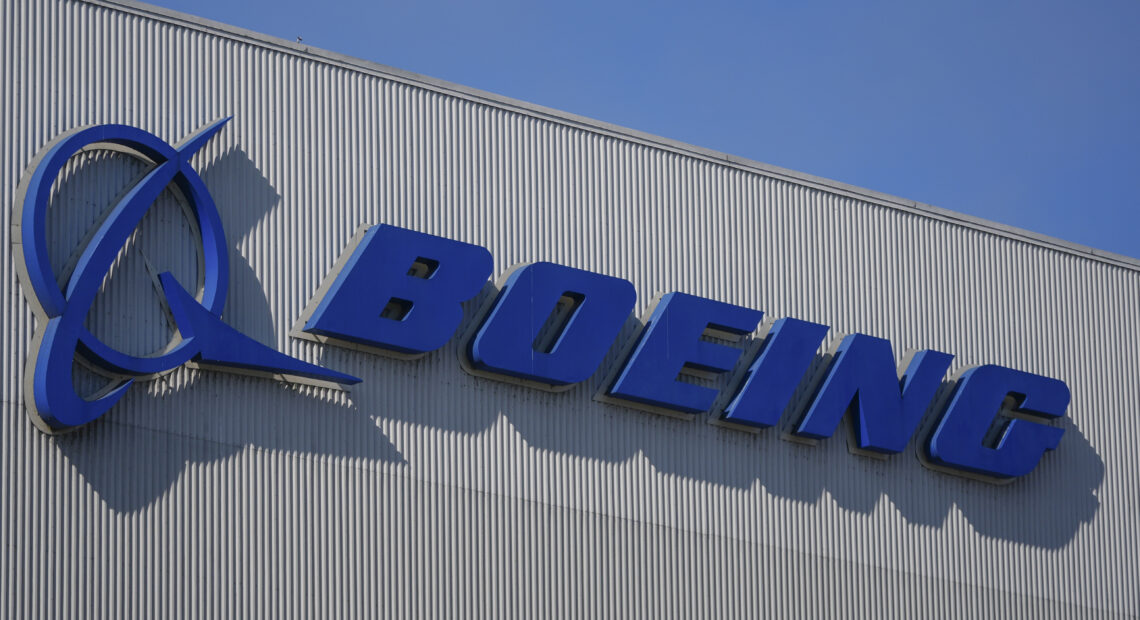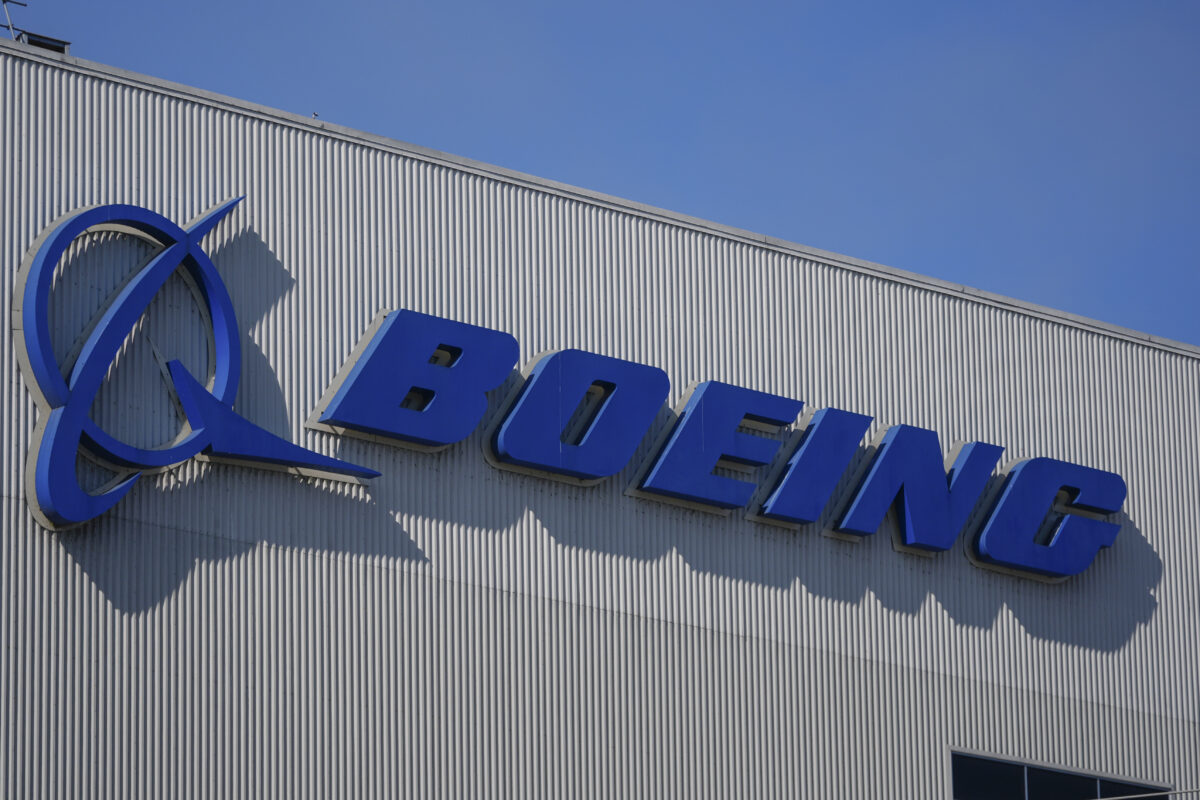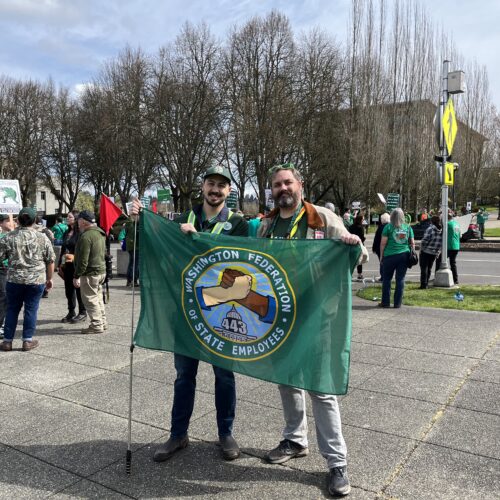
Union believes Boeing violated its contract in layoffs
Listen
(Runtime 1:05)
Read
Editor’s Note: This story has been updated for further clarity surrounding the layoff’s details.
A union that represents Boeing employees is taking issue with how the company handled the layoff of 660 of its members last year.
The Society of Professional Engineering Employees in Aerospace (SPEEA) believes contract violations occurred during last year’s layoffs. The union said they have notified Boeing and are investigating further.
Rich Plunkett, the director of strategic development for SPEEA, said the union wants to pursue these actions because they want to see impacted workers made whole, even if it will take time.
“ We continue to hope for the best, but plan for the worst,” Plunkett said, in regards to working with Boeing to resolve labor issues moving forward.
The grievances are about how the company chose to lay off some employees. Some of those were effective immediately, which the union said meant unfinished work. Other allegations from the union include that the company moved work to other sites against union contracts, as well as allegedly using outside work to complete union jobs.
A spokesperson from Boeing provided an email statement in response to questions about the union allegations, which read, in part, “All layoffs in this process have been done in accordance with the labor contract we negotiated with SPEEA.”
The next step for the union would be to gather more information and file unfair labor practice complaints with the National Labor Relations Board.
The layoffs were different from others that SPEEA members have experienced, Plunkett said. Boeing imposed something called a “nonworking reduction in force” for some employees. That meant some workers had to leave their jobs immediately, as opposed to getting notice and then working until the official date of a layoff. Boeing said these employees received pay and benefits for 60 days after they were let go.
Plunkett said this left employees with no time to finish projects, and some SPEEA members reached out to the union with questions about what to do with work they wouldn’t be able to complete.
“That’s the first time we’ve experienced that employees are coming to us to help them get the work done because they’re being shoved out the airlock, so to speak, rather quickly,” Plunkett said. Boeing clarified that these employees were kept in the payroll for 60 days.
Boeing announced it would reduce its total labor force by 10% last October. Since then, they have laid off over 4,000 employees, according to other news outlets. Boeing would not confirm the total figure. The company was impacted by incidents on its aircraft, which grounded some planes and halted production expansion, as well as a long machinists’ strike. Between 2023 and 2024, the company reported a 14% loss in revenues.
When employees were let go last fall, Plunkett said managers scrambled to figure out where to send work that needed to be done. Union members have said that the work was moved to other facilities.
In the union contract, the company cannot lay off active members of the bargaining unit because of the movement of their current work assignment to a different location. There are limited circumstances when this might happen, in which case, enhanced severance would be offered.
A spokesperson from Boeing wrote the following in response: “No SPEEA-represented engineer was laid off as a result of work moving to another site.”
The other issue the union has is how Boeing is using something the company calls “purchased services.”
Boeing has had a system using non-Boeing labor to complete projects for years. These include two different categories of non-Boeing workers. The first is the use of contract workers. That arrangement is meant to handle short-term surges in work. The SPEEA contract states that if there is a layoff, except in specific circumstances, contract workers are supposed to be let go first.
In the past decade, the company has started using another category of non-Boeing workers that it calls purchased services. That’s where Boeing hires other company’s workers to complete specific services for a set period of time. But the union is concerned that Boeing has been using purchased service workers to do what they call contract work or SPEEA member work.
“We have individuals, we believe, who’ve been laid off, while these purchase service personnel have been retained, performing similar, if not identical, work,” Plunkett said.
In response to whether Boeing has been using purchased services to complete union jobs, a Boeing spokesperson shared the following, “… our use of purchase services agreements remains in compliance with the union’s contract.”
If the union decides to go to the National Labor Relations Board with unfair labor practice complaints, Region 19 is the field office for this area. That body would oversee an investigation to determine if there was a violation. The union or Boeing could appeal that decision to the NLRB headquartered in Washington, D.C.
But right now, the NLRB only has two sitting members, as the new presidential administration has discharged or removed members. That means the board does not have enough members for a quorum to hear challenges to decisions made by regional offices. That could mean delays to a final outcome, if the grievances were to escalate to that level.
“ It’s frustrating for the members for certain, to be through this uncertain time, and it’s also frustrating for the union to take this long to adjudicate these,” Plunkett said.
The union said they want workers to get their jobs back and be reimbursed for any financial hardships.
“ We’re not giving up on trying to partner with Boeing for the sake of improving the safety culture at the Boeing company,” Plunkett said. “ Our members are critical to the design, manufacture, operation, maintenance, repair of Boeing products. If you’ve got a problem with their safety culture, that’s our members.”
















